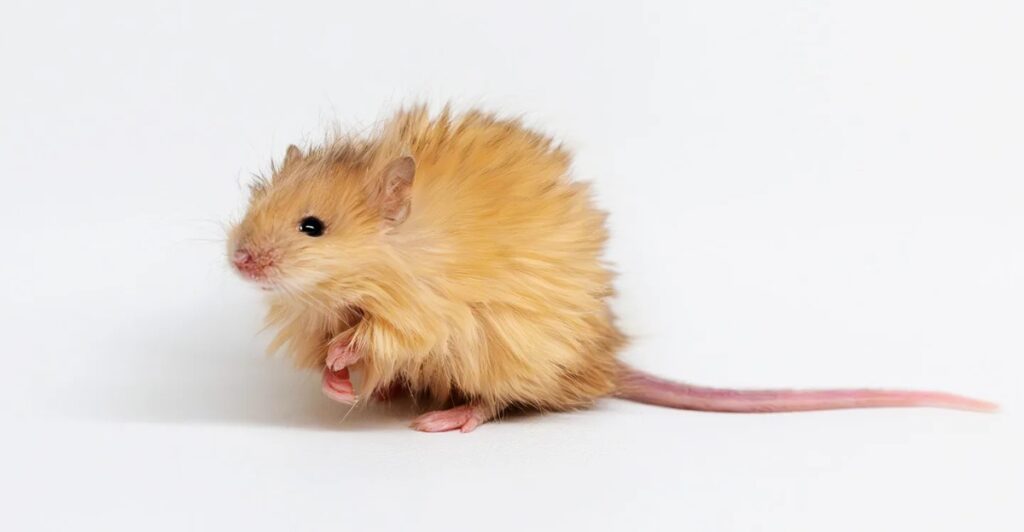
In March 2025, a small mouse with dense, golden fur made global headlines. This “woolly mouse,” engineered with mammoth DNA traits, marked a major milestone in genetic science. Colossal Biosciences CEO Ben Lamm described it as “a watershed moment in our de-extinction mission”.
Not long after, three wolf pups containing around 15 genetic markers from the extinct dire wolf were revealed. These aren’t just scientific oddities—they represent the emerging field of resurrection biology, which uses advanced gene editing to revive vanished species.
With $435 million in funding, Colossal is building more than a vision; it’s laying the technological groundwork for de-extinction. If successful, these efforts could transform ecosystems, challenge conservation norms, and fundamentally change how humanity relates to extinction and biodiversity loss in the modern world.
Engineering the Woolly Mouse—A Mammoth First Step
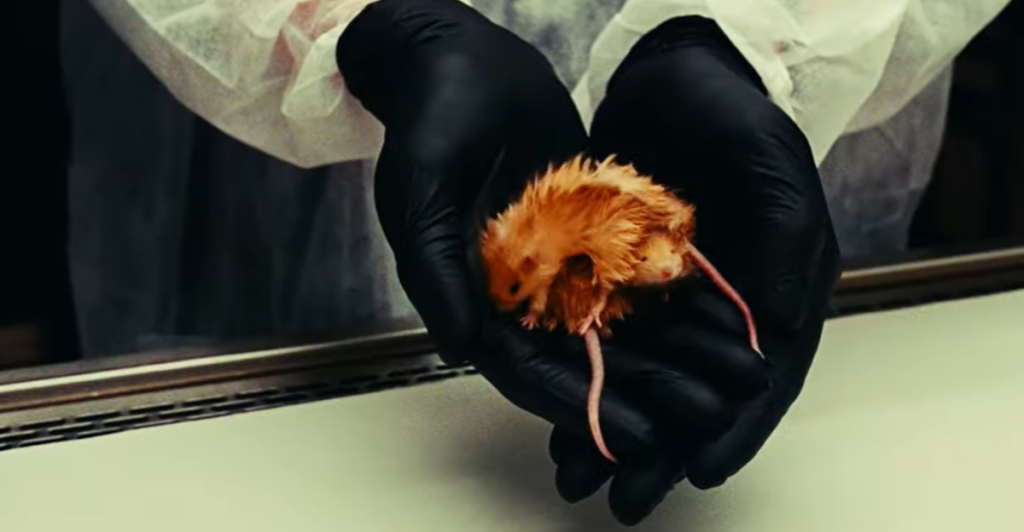
Colossal’s woolly mouse is more than a lab novelty—it’s proof of concept. Scientists edited seven genes: six affecting fur and one (FABP2) tied to fat metabolism, a gene once active in woolly mammoths.
“By engineering multiple cold-tolerant traits from mammoth evolutionary pathways into a living model species, we’ve proven our ability to recreate complex genetic combinations that took nature millions of years to create,” said CEO Ben Lamm. They used CRISPR/Cas9 systems to edit precise DNA sequences. The mouse’s quick 20-day gestation meant the entire process—from design to cloning and growth—took only six months.
These traits made mice an ideal starting point. Now, researchers plan to scale this strategy to more complex organisms, including elephants, in their quest to revive the woolly mammoth.
The Return of the Dire Wolf
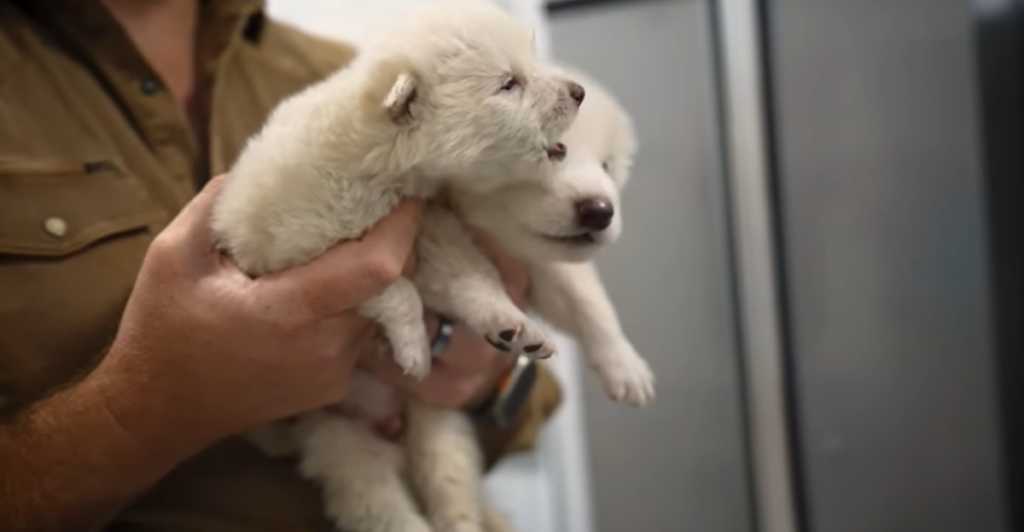
Dire wolves once roamed North America but vanished roughly 13,000 years ago. Thanks to Colossal Biosciences, this Ice Age predator is inching toward reality again. The company bred three wolf pups—Romulus, Remus, and Khaleesi—each with about 15 gene modifications from the extinct dire wolf.
These pups show key ancestral features like larger frames and thicker, lighter-colored coats. Chief Scientific Officer Beth Shapiro called the development “the inaugural successful instance of de-extinction,” stating, “We are producing functional replicas of something that once existed”.
Unlike the mammoth project, which modifies elephants, this effort uses gray wolves—closer evolutionary relatives. That simplifies gene integration. The pups now live at a private, 2,000-acre location in the northern U.S., where scientists can safely monitor them for health and genetic expression over time.
De-Extinction’s Triple Toolkit—From Cloning to CRISPR

De-extinction depends on three primary scientific approaches, each suited to different contexts. Cloning works for recently extinct species with preserved cells by inserting a nucleus into an egg cell from a related species.
Genome editing—often using CRISPR/Cas9—lets scientists tweak the DNA of existing animals to express lost traits. Then there’s back breeding, which involves selectively breeding living relatives that retain ancient features, as seen in the Quagga Project. Colossal’s projects rely heavily on genome editing.
Researchers analyze ancient DNA from mammoths and dire wolves, compare it to modern elephants and wolves, and identify key genes to reintroduce. This method offers precision and flexibility, letting scientists resurrect traits rather than entire genomes. It’s a strategic blend of cutting-edge tools reshaping what’s possible in conservation and species revival.
Colossal’s Ambitious De-Extinction Pipeline
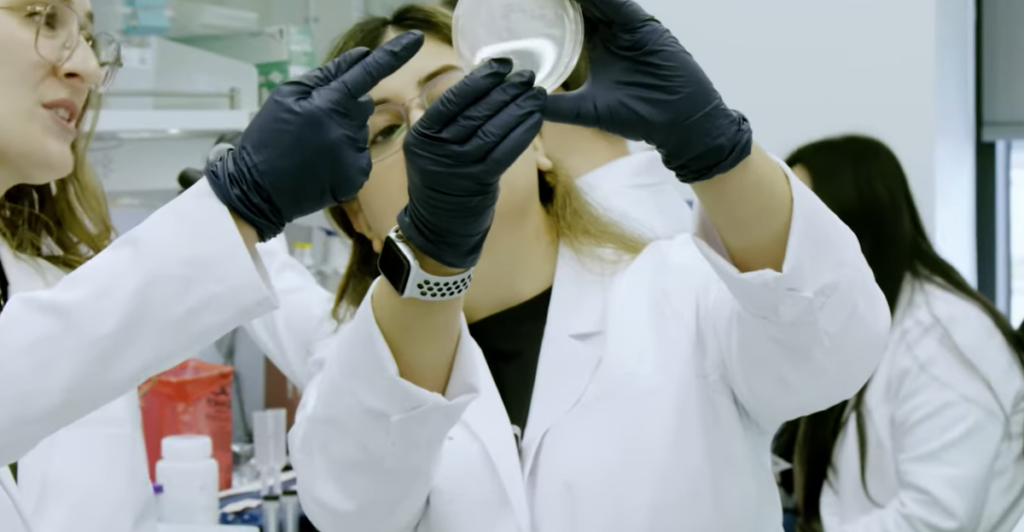
Colossal’s goals reach beyond just mammoths and dire wolves. In 2023, it announced plans to bring back the dodo, a flightless bird that disappeared from Mauritius in the 1600s. Using DNA from the Nicobar pigeon, its closest living relative, scientists aim to reengineer the species while restoring its natural habitat.
Another project involves reviving the thylacine, or Tasmanian tiger, through genetic editing of the fat-tailed dunnart. According to Colossal, the broader vision is to “develop a de-extinction library of animals as well as housing genetic DNA/embryos from endangered animals”.
These efforts reflect a broader mission: not just to resurrect the past, but to future-proof biodiversity. The company’s multipronged strategy includes restoration, prevention, and potentially even protecting today’s endangered species before they vanish completely.
The Business of Extinction Reversal
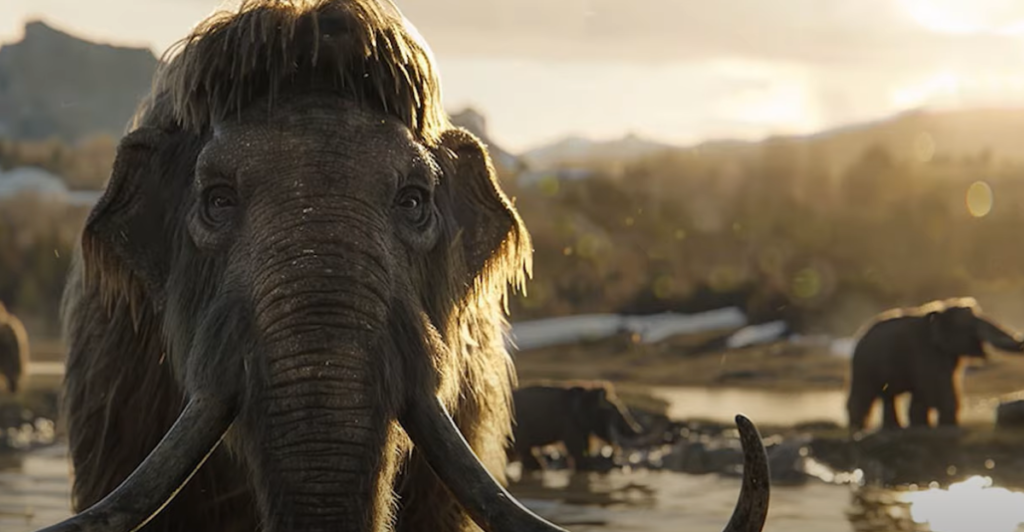
Since its founding in 2021, Colossal has raised $435 million and reached a $10 billion valuation by January 2025. This funding has helped transform de-extinction from speculative science into a business model with real commercial potential.
The company is filing patents on engineered animals, including woolly mammoths and genetically altered wolves. CEO Ben Lamm estimates each mammoth could produce $2 million in “carbon capture services,” with tourism possibilities as a secondary benefit. Beyond animals, Colossal is building biotech tools applicable to synthetic biology, endangered species conservation, and even human medical research.
This diversification could sustain revenue streams beyond high-profile de-extinction milestones. As investors buy in, Colossal is positioning itself as both a conservation innovator and a biotechnology powerhouse redefining the boundaries of what life science can achieve.
Beyond Novelty—De-Extinction as Ecosystem Restoration

De-extinction may seem like spectacle, but its real goal could be ecological restoration. Advocates describe it as “deep ecological enrichment,” aiming to recover the lost functionality of extinct species within their native ecosystems.
Mammoths, for instance, once shaped Arctic landscapes by maintaining grasslands, dispersing seeds, and regulating plant diversity through grazing. Their return could help repair damaged ecosystems, restoring balance and biodiversity. Research from Cambridge University Press frames de-extinction as a nature-based environmental solution, with focus shifting from species to function.
It’s not just about bringing animals back—it’s about reviving their ecological roles. This approach offers a compelling vision: resurrected species not as museum pieces, but as active contributors to habitats that once relied on their presence for long-term health and resilience.
Mammoths vs. Climate Change—An Ice Age Solution?
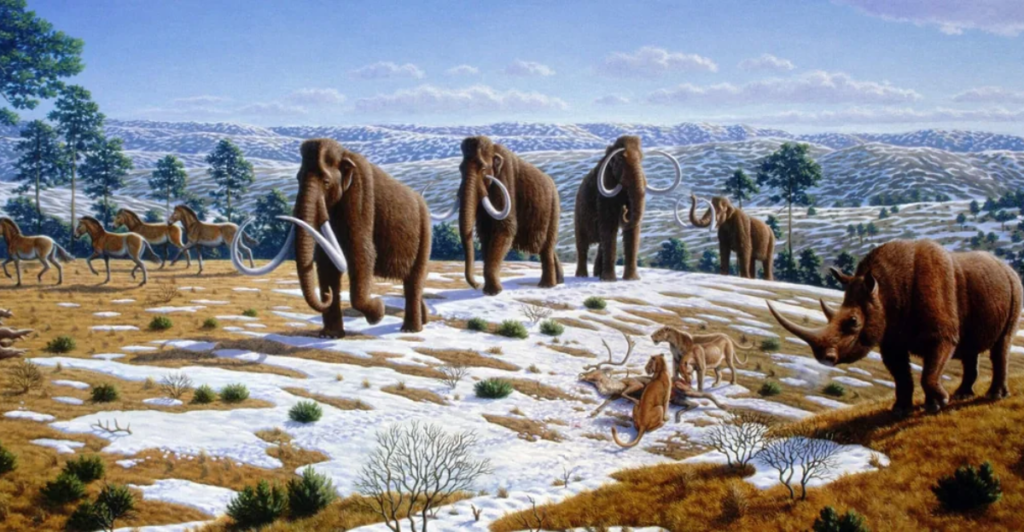
Colossal’s woolly mammoth initiative carries an environmental twist. The company believes these giants could help slow climate change by transforming tundra ecosystems. Mammoths once maintained Arctic grasslands by trampling trees and encouraging grasses that reflect sunlight and insulate the permafrost.
This could reduce permafrost thaw, limiting the release of greenhouse gases like methane and carbon dioxide. CEO Ben Lamm has said each mammoth might generate $2 million in carbon capture value. This idea positions de-extinction as a form of climate action, though skeptics caution the science isn’t yet settled.
Still, the proposal illustrates a bold new angle: leveraging ancient biology for modern planetary defense. If successful, mammoth reintroduction could become a nature-based strategy blending ecological history with urgent environmental goals, bridging past ecosystems with future sustainability.
Ethical Quandaries and Scientific Limitations
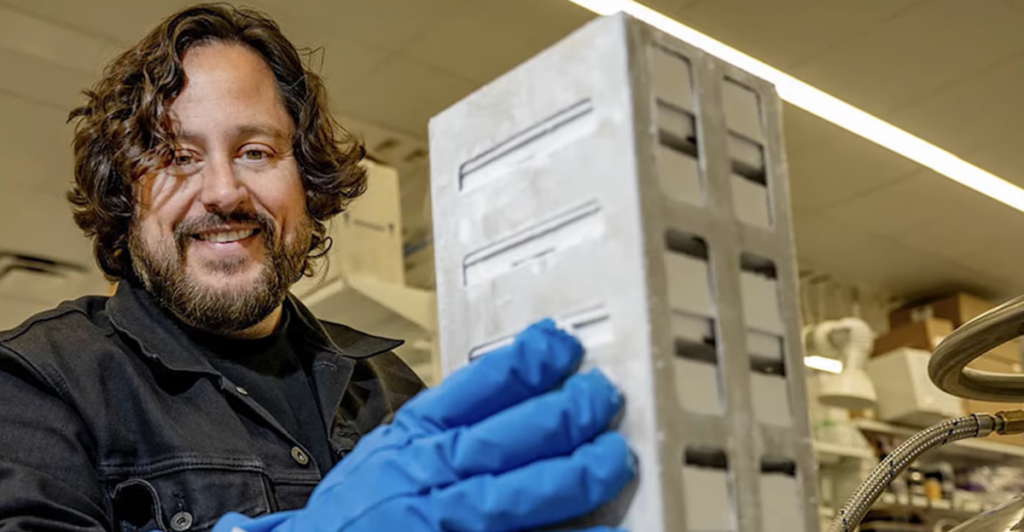
Despite its potential, de-extinction sparks controversy. Critics argue the hundreds of millions spent on resurrection projects might be better used to protect species currently at risk. There’s also concern about introducing once-extinct animals into modern ecosystems that have changed dramatically, possibly disrupting today’s biodiversity.
“It would be hubristic to think we might have a complete grasp on what the introduction of a species such as the mammoth might do,” warns paleogeneticist Kevin Daly. Technical barriers remain, too—recreated animals won’t be exact genetic matches, and behavior passed through generations of learning cannot be recovered.
These challenges raise difficult questions: Can humans responsibly manage the life they resurrect? And are we ready for the consequences, ecological and ethical, of rewriting extinction on such a scale?
The Future Timeline of Resurrection Biology

Colossal expects its first mammoth-like animals to be born by 2028, signaling how fast resurrection biology is advancing. Other species follow different timelines. The passenger pigeon, targeted by Revive & Restore, now aims for captive breeding between 2029 and 2032.
For true ecological impact, individuals must become self-sustaining populations. In Europe, the Tauros Programme will release aurochs-like cattle into the wild starting in 2025, offering a model for future releases. Meanwhile, technologies behind de-extinction are already aiding conservation through genetic rescue and assisted reproduction.
As these methods evolve, the line between reviving extinct species and saving endangered ones begins to blur. What was once a futuristic concept is rapidly becoming a new frontier in ecology and biotechnology—a bridge from the past into nature’s genetically engineered future.
Explore more of our trending stories and hit Follow to keep them coming to your feed!

Don’t miss out on more stories like this! Hit the Follow button at the top of this article to stay updated with the latest news. Share your thoughts in the comments—we’d love to hear from you!







